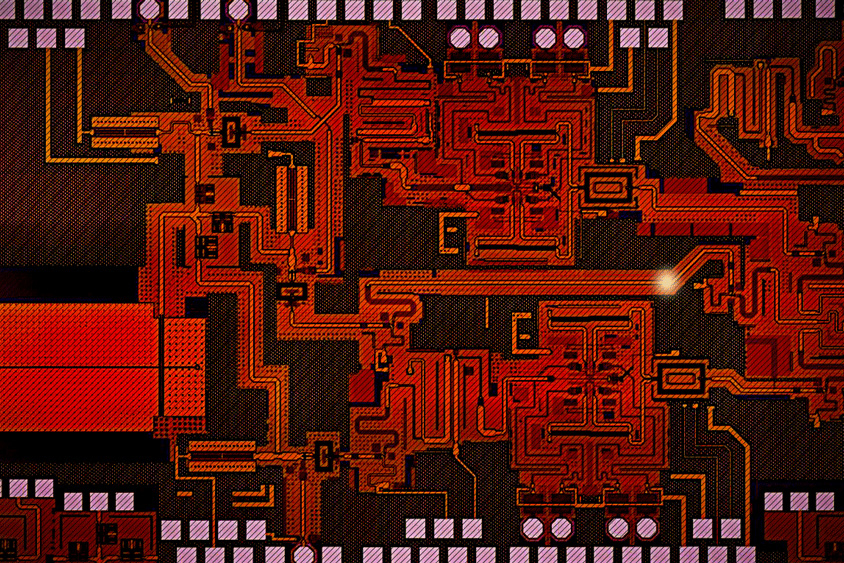Data transfer system connects silicon chips with a hair’s-width cable
26. 2. 2021 | MIT | www.mit.edu
Researchers have developed a data transfer system that can transmit information 10 times faster than a USB. The new link pairs high-frequency silicon chips with a polymer cable as thin a strand of hair. The system may one day boost energy efficiency in data centers and lighten the loads of electronics-rich spacecraft.
The need for snappy data exchange is clear, especially in an era of remote work. There’s an explosion in the amount of information being shared between computer chips — cloud computing, the internet, big data. And a lot of this happens over conventional copper wire. But copper wires, like those found in USB or HDMI cables, are power-hungry — especially when dealing with heavy data loads.

One alternative to copper wire is fiber-optic cable, though that has its own problems. Whereas copper wires use electrical signaling, fiber-optics use photons. But silicon computer chips generally don’t play well with photons, making interconnections between fiber-optic cables and computers a challenge. The team’s new link draws on benefits of both copper and fiber optic conduits, while ditching their drawbacks. Their conduit is made of plastic polymer, so it’s lighter and potentially cheaper to manufacture than traditional copper cables. But when the polymer link is operated with sub-terahertz electromagnetic signals, it’s far more energy-efficient than copper in transmitting a high data load. The new link’s efficiency rivals that of fiber-optic, but has a key advantage: It’s compatible directly with silicon chips, without any special manufacturing.
Read more at MIT
Image Credit: MIT
-jk-




